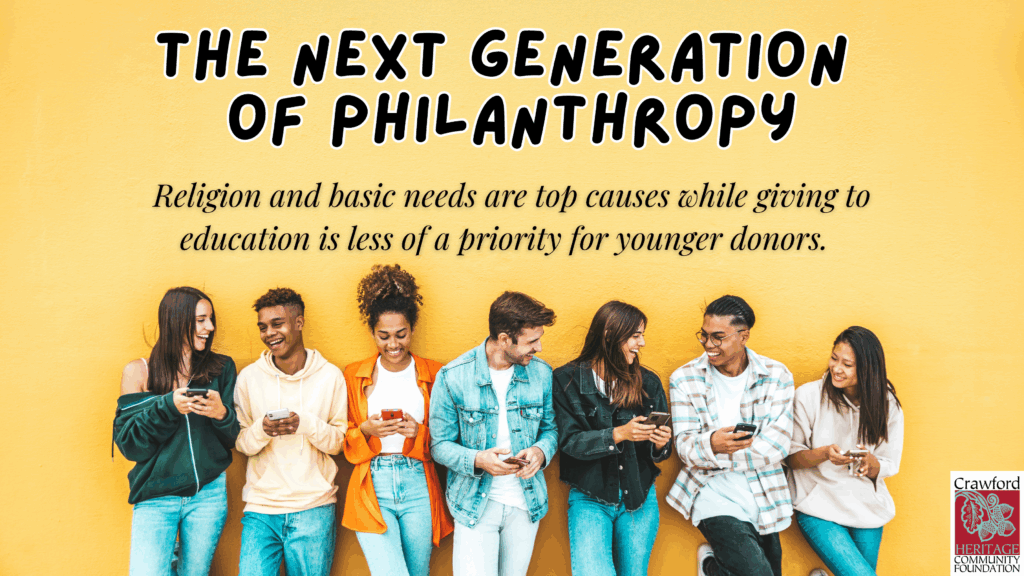Philanthropy is shifting and the change is being driven by the next generation of donors. Generation Z and Millennials are redefining what it means to give, and their habits, values, and expectations are reshaping how nonprofits connect with supporters.
Cause-Driven and Tech-Savvy
Research from the Indiana University Lilly Family School of Philanthropy shows that younger donors often support causes rather than specific organizations. They are passionate about social justice, environmental protection, and global issues that demand urgent action. Unlike older generations, they expect to engage through technology: following nonprofits on social media, giving online, and using digital tools to track their impact.
“Younger generations of donors are impacting philanthropy in positive ways by seeking long-term, hands-on involvement with the issues that are important to them,” said Amir Pasic, Dean of the Lilly Family School of Philanthropy. “They rely heavily on technology to inform their giving decisions and invest time into looking for trustworthy and transparent nonprofits to support.”
A Transformational Wealth Transfer
This shift is not only cultural, but also financial. Analysts estimate that $18 trillion will flow to charities by 2048 as wealth transfers to younger generations. This represents one of the most significant philanthropic opportunities in modern history. Gen Z and Millennials are already showing that they want to give differently: collaborating, volunteering first, and holding organizations accountable for real impact. So, let me ask you this, what changes are you noticing among young people in your community, and how can you encourage their generosity? How will you or your family be part of shaping this next chapter of giving?
Three Ways Next Gen is Leading the Change
- Blending family and personal giving.
Many young donors are engaging in philanthropy alongside parents and grandparents while also forging their own giving paths. They want to see family generosity align with shared values, but they also expect independence in choosing causes that matter to them. - Starting earlier.
Today’s young adults are building charitable practices into their financial lives sooner. Some designate charities as beneficiaries of retirement accounts, while others integrate giving into first jobs or a side hustle. And beginning in 2026, even non-itemizers will be able to deduct modest charitable gifts—another incentive for young adults to give. - Connecting with peers.
Philanthropy is becoming more collaborative. Giving circles, where donors pool contributions to make a collective impact, are growing in popularity. These networks allow young people to maximize their dollars, gain hands-on experience in grantmaking, and learn about community leadership.
What This Means for You as a Donor
The message is clear: the future of philanthropy will look different, and you are part of that story. Millennials and Gen Z are already leading the way, giving online, supporting causes tied to identity, justice, and sustainability, and expecting real transparency and impact from the organizations they support.
This represents one of the most significant philanthropic opportunities in modern history. How will you use your voice, your resources, and your values to shape the future of giving in our community?
This article incorporates findings from the Indiana University Lilly Family School of Philanthropy, including its Philanthropy Panel Study and related research on generational giving trends.
